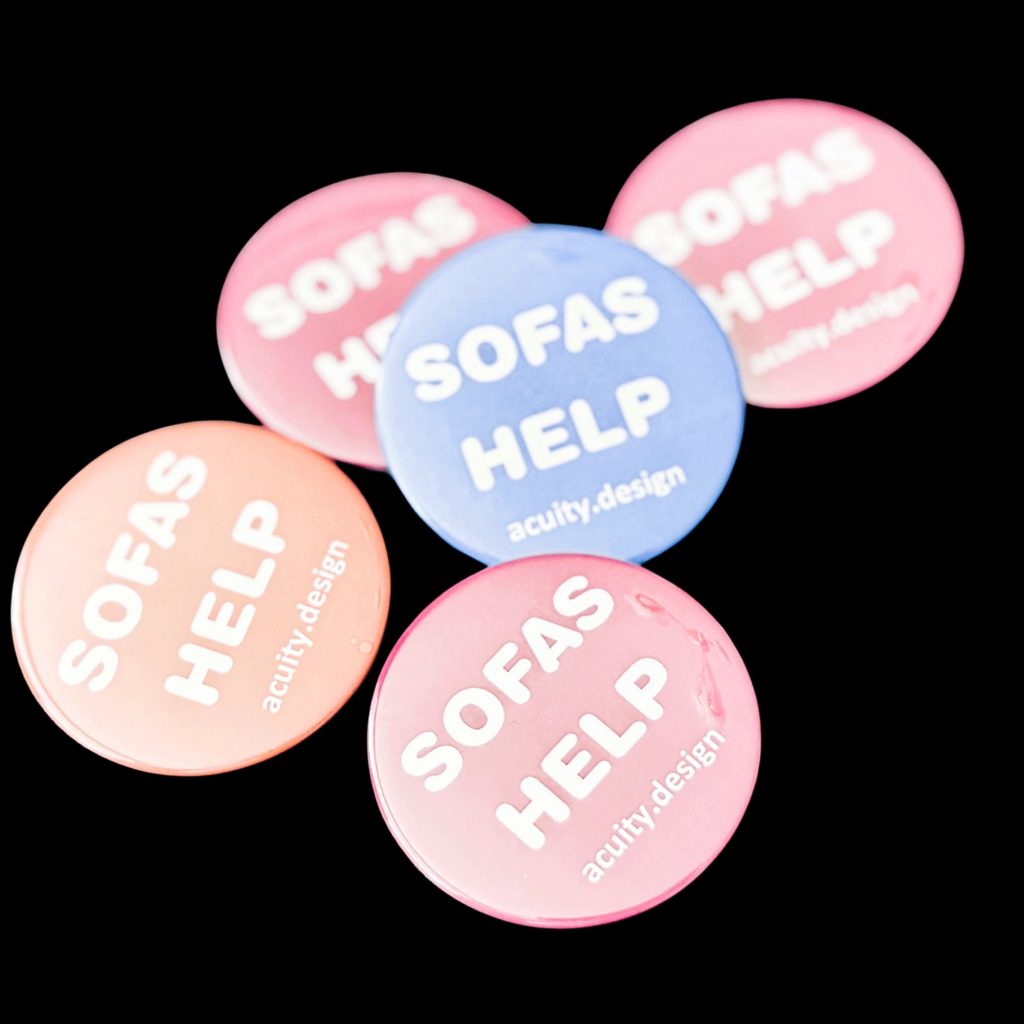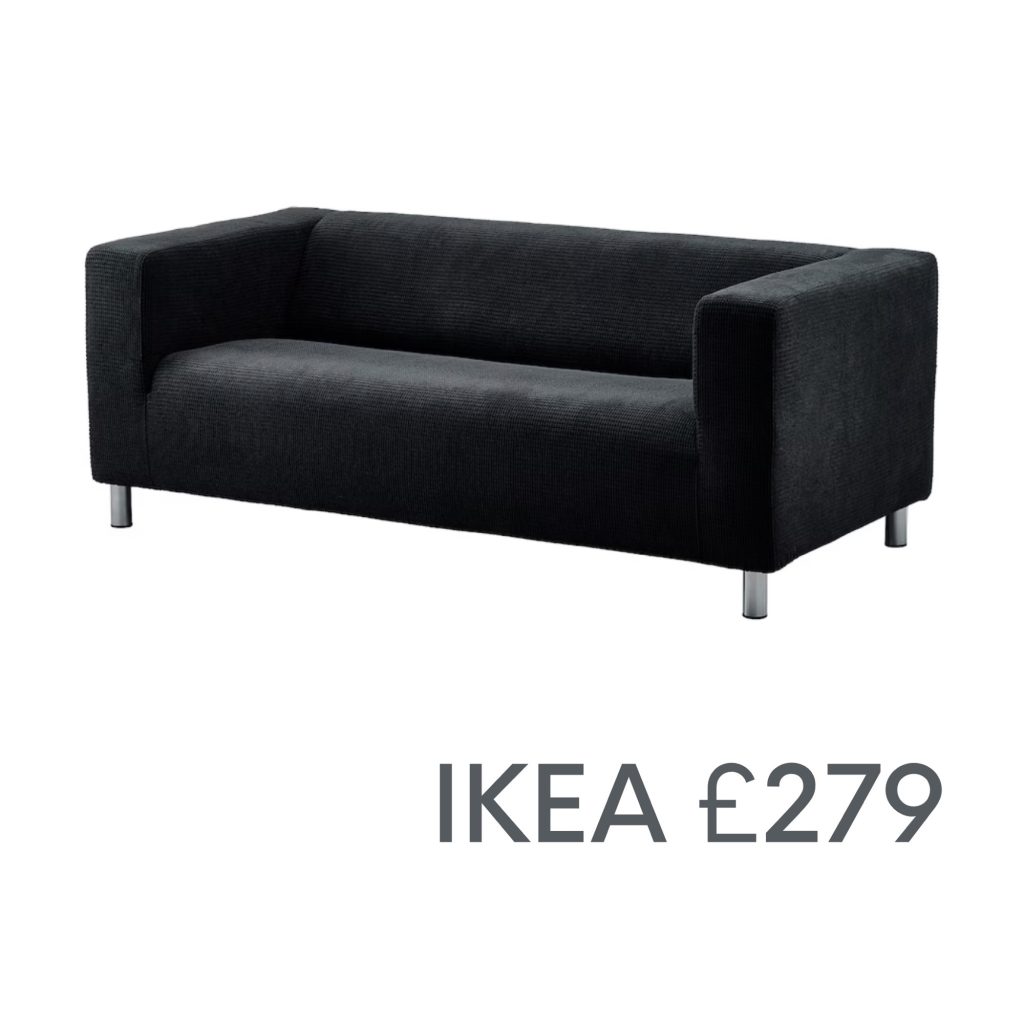
I was running a workshop on imagining futures for a German museum last week. We walked around the building and spent a lot of time going down long corridors (and back again). When we stopped, we stood.
Museums can be strangely loathe to enable visitor comfort. It is like a version of Defensive Architecture: the design of public environments to be uncomfortable to homeless people. The museum protects its collections more than its visitors.
I talk to museum staff about accessibility, welcomes and wellbeing. I find it odd how often my advice comes down to one simple idea: sofas help.
Sofas, more so than apps and new technologies, offer an affordable way of providing multiple forms of relief to visitors.
This is just a short list.
Welcome
Offering a sofa at the start of a visit shows that the museum (or other public facility) is not threatening. It is an invitation.
Orientation
Sitting down and working out where you are and where you are going is basic wayfinding. Aligning to the place and working out where the boundaries are. Before moving thru a journey, people need to stop and work out where they are.
Socialisation
Museums are social spaces. People meet friends and family in them. People go for first dates at them (there is a whole room in the National Gallery which is clearly used by people to meet and greet in a safe and cultured space). People need somewhere to just be together.
Contemplation
Many exhibitions are intense. Both in sensory and cognitive terms. When in the rich and push of the more popular exhibitions, it can be hard to actually stop and think about the content, the artefacts and the ideas. Having somewhere to sit and think or to sit and talk matters.
Relaxation
Related to the last point, is the need to provide somewhere for people just to relax and recover. This is not about engagement with the content but disengagement. Time to rest the body and the mind.
Farewell
The final example of this list is providing a time and a place to preparing to leave. To return to the National Galley in London, there is one room there (near the end of the tour route) that has enormous sofas. All of them seem filled with families who are not merely resting and recovering but also preparing for what happens next. Looking at phones to plan meals and journeys. The place is a space that offers a good farewell.
Proposing Sofas
As mentioned at the start, there is a strange fear of sofas. Generally, the arguments cluster around safety and behaviour. That soft furniture might be a problem in evacuation situations or might be a hazard. That soft furniture might create spaces of misbehaviour and of exclusion.
These are management fears. That, without proper management, places will be abused by visitors (particularly the much feared school trippers and teens).
As with Defensive Architecture, the simplest path is to simply not offer comfort. Managing a space that is basically uncomfortable is much easier. People move on, people don’t stop, people leave. They have come in and that the measure of success. That they do not enjoy the experience and do not return are outside of their purview.
There’s a couple of ways of engaging with museums and staff who fear sofas.
1) invite them to walk their exhibits. People become habituated to where they work. They simply do not perceive problems that visitors encounter because they do not use the spaces like them. Explicit engagement with place is a good way of enabling discussions about change.
2) use management language. Talk of greater visitor engagement, longer visits, more use of paid facilities (premium exhibitions, cafes and shops) and greater likelihood of visiting again.
Sofas help

Sofas help.
The reason they come up so often in my response to accessibility, anxiety and wellbeing questions is simply because they do offer many basic solutions.
Sofas are not the answer to all issues but they are a simple offer that can be made by any organisation. IKEA sofas are cheap. This is neither a high technology nor a high cost option. The risks that exist (safety and misbehaviour) can be managed.
Offer sofas.
Ask for sofas.